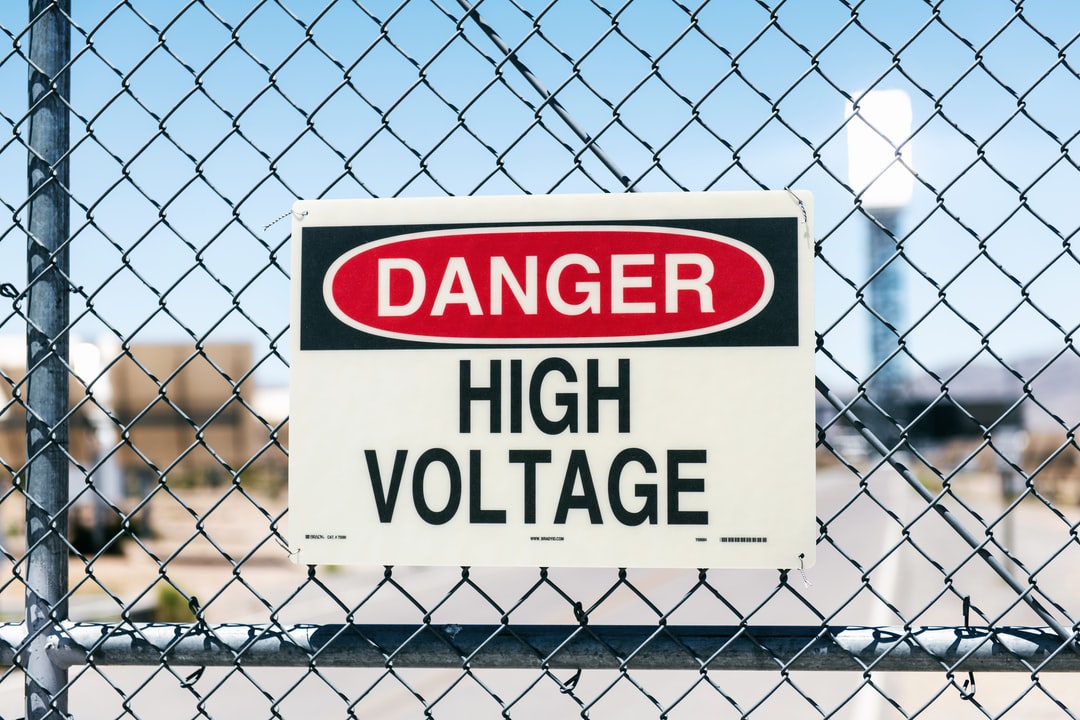Electricity is indispensable in industry and daily life. In fact, many of us would struggle to imagine how things would be if we do not have access to electricity.
Unfortunately, it’s possible for a pollution flashover accident to occur in some situations. Let’s take a look at how using a high voltage insulator can prevent this from happening.
What Is a Pollution Flashover Accident?
A pollution flashover occurs when the discharge voltage on an insulator is too high. This can be caused by a number of factors, including excess humidity and atmospheric contamination. As you might expect, the results are notably dangerous. It’s fairly easy for injury or death to occur.
How Does This Happen?
There are negative charges that flow into positive charges to form this current. These negative charges flow in the form of electrons.
Even though they move very quickly, these negatively charged particles can be deflected if they hit atoms and molecules in our atmosphere. When this happens, the electron’s path forms a zigzag pattern. Over time, it will touch other atoms and molecules, causing a high voltage to form on the insulator.
When this happens, a pollution flashover occurs, and current flows into the air. This causes a huge electrical outage that can cause serious damage to both people and property.
What Is a High Voltage Insulator?
A high voltage insulation coating is a material applied over an insulator made of porcelain, ceramic, or glass. High voltage porcelain insulators are some of the most effective.
When a high voltage flashover occurs, the coating prevents this from happening by blocking the path of electrons. This can prevent a pollution flashover from happening and prevent current from flowing into the air. It’s a simple way to moderately decrease the chance of an electrical outage occurring.
In addition to preventing these accidents from happening, the coating also helps protect the insulator from cracking and breaking, along with other forms of damage.
You can check out this resource by Utility Service & Maintenance, INC. to learn more.
How Do These Work?
In a way, this is similar to how nonstick pans prevent food from sticking to their surface. It appears that the high voltage insulation coating works in much the same way that nonstick pan grease does: by providing a slippery surface to reduce the chance of contact with air.
This works by preventing the negatively charged particles from building up on the insulator, which would cause a high voltage to form and create a pollution flashover. When applied correctly, these coatings don’t affect the performance or quality of electricity passing through. They work well for both low and high-voltage insulators.
Using a High Voltage Insulator Is Essential
Otherwise, you will be at risk of the aforementioned pollution flashover. The above guide will help ensure that you use the right high voltage insulation materials for your high voltage insulator.
This will give you the best possible results while maintaining safety. Be sure to check out the rest of our blog for other useful info that you can take advantage of.

